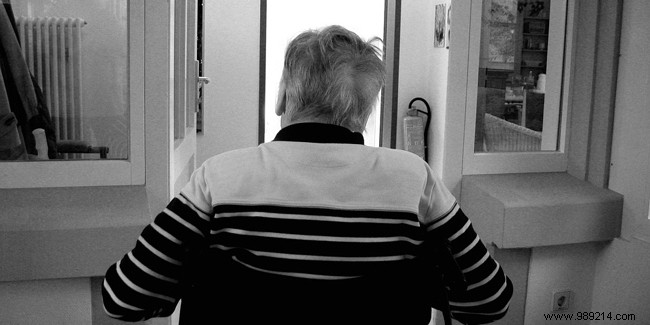
The accommodation establishment for dependent elderly people (Ehpad) is a medical structure that welcomes dependent elderly people. The Ehpad can be public, associative or private. In any case, the establishment must have obtained prefectural approval and have been the subject of the signing of an agreement with the Departmental Council and the Regional Health Agency (ARS). How does an Ehpad work? Who are the old people who can enter? Answers
An Ehpad welcomes dependent elderly people, alone or as a couple, full-time or part-time, permanently or temporarily. In general, an Ehpad accommodates between 50 and 120 residents, but there are also smaller structures. The Ehpad has the particularity of offering medical and paramedical care, and assistance in daily life, adapted to each elderly person. Doctors, nurses, caregivers, medico-psychological assistants or even educational and social support staff make up the team of an nursing home. Each establishment defines its own plan for taking charge of the lives of residents and the methods of organizing care. Thus, some nursing homes specialize in caring for people with Alzheimer's disease, Parkinson's disease or other degenerative diseases.
As soon as the person enters the structure, the administration sets up a personalized support project with him or her family. The establishment provides a room equipped with a bathroom, access to television and telephone, and takes care of the maintenance and cleaning of the room. The Ehpad offers a catering service including the supply of three meals a day and the provision of bed linen and towels. The structure also aims to organize activities for the dependent elderly people it welcomes, inside and outside the nursing home.
To be welcomed in an Ehpad, the person must be at least 60 years old. However, some departments grant exemptions for those who do not reach this age. The person must be dependent, that is to say, have lost their autonomy to perform the essential acts of daily life. The application for admission to an Ehpad is made through a single national file available online to be sent to the establishments chosen by the person wishing to enter or by a person close to them. This file has an administrative section and a medical section. It allows registration on a waiting list. It is possible to send an application for admission simultaneously to several nursing homes (highly recommended procedure to be sure of obtaining a place) via a dedicated ViaTrajectory website and to consult the list of structures in the directory of establishments, which allows also to compare the prices of nursing homes.
As soon as a place becomes available in an Ehpad where the admission file has been sent, the director of the structure contacts the person concerned and it is he who ultimately decides on his entry, after consulting the coordinating doctor of the establishment. Public nursing homes, which are less expensive than private ones, often have a very long waiting list. Private establishments offer places more quickly in general, but they are more selective financially because they are more expensive than public nursing homes. However, the person may be entitled to housing allowance or personalized housing assistance (APL) , subject to means testing.
As soon as the elderly person enters an Ehpad, depending on the length of the stay, a residence contract or an individual care document must be signed between the resident or his legal representative and the structure. This contract defines the nature of the services offered by the establishment and the cost thereof. The Ehpad must also give the resident a welcome booklet containing their rights and freedoms, as well as the operating regulations of the structure.